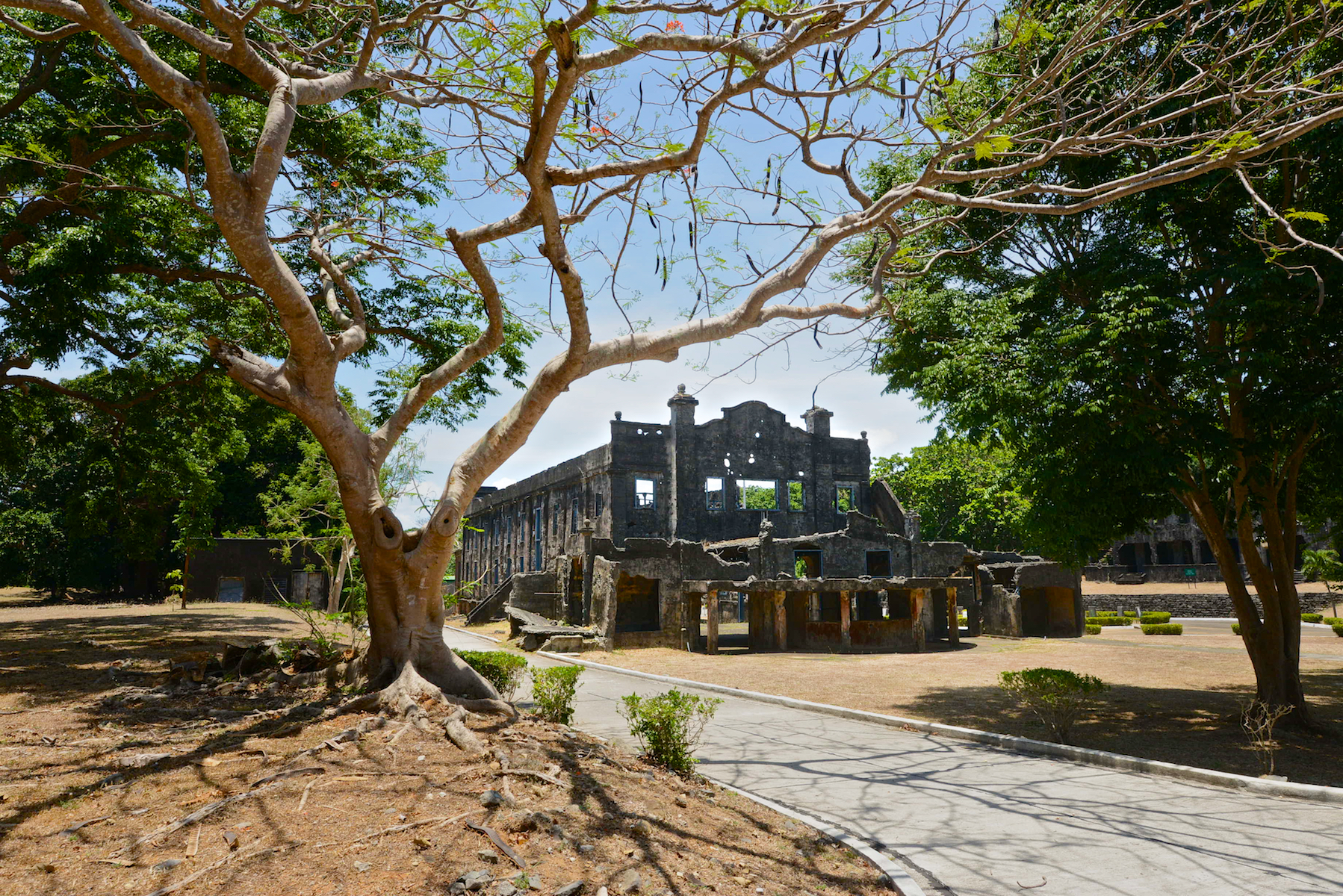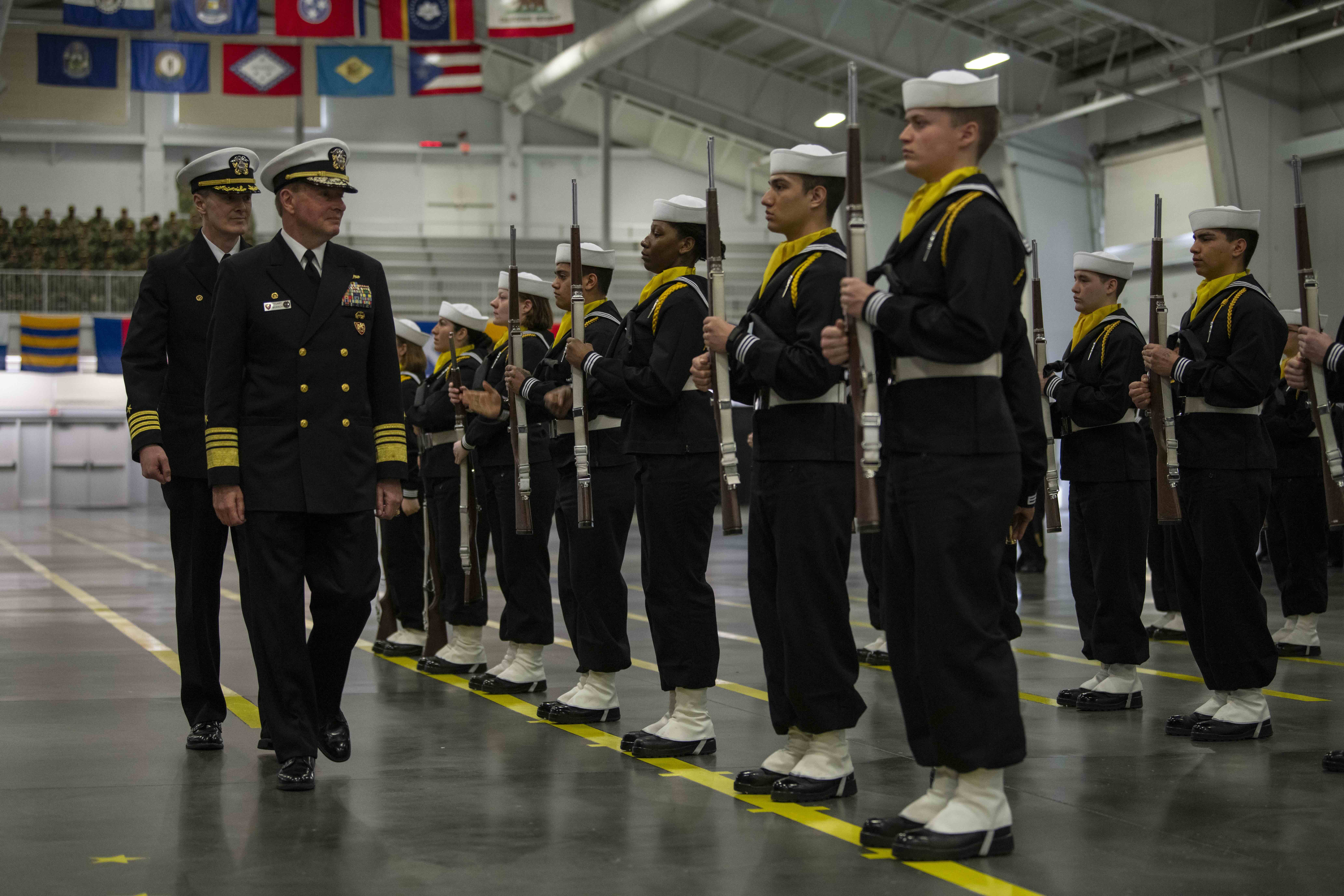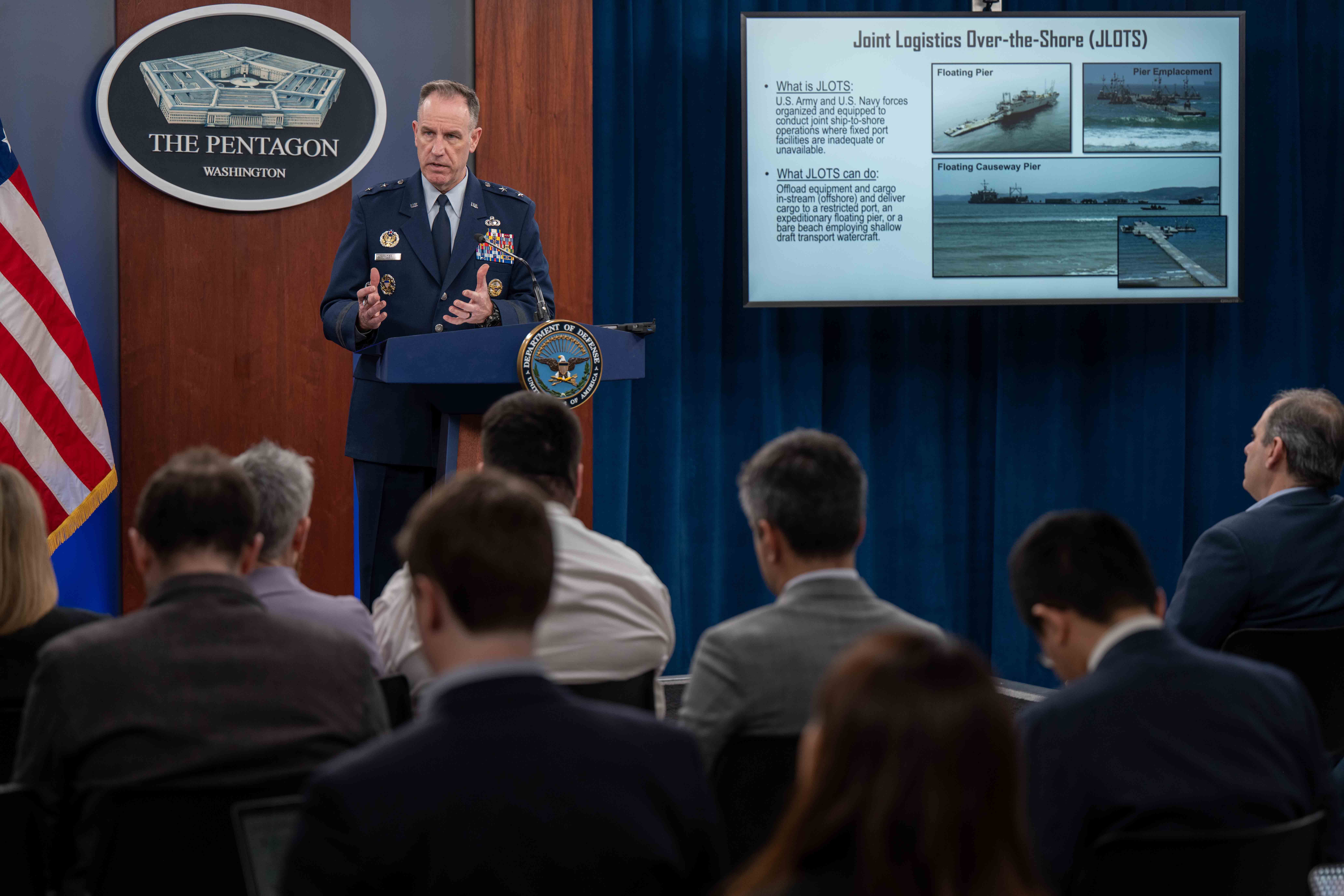
The remains of Lt. Thomas Crotty are scheduled to arrive in his hometown Buffalo, N.Y. on Friday, 77 years after dying in a Japanese prisoner of war camp.
Japanese captured Crotty after the fall of Corregidor, where he fought alongside Navy, Marine Corps and Army personnel in defesnse of the Philippines. He died on July 19, 1942, from diphtheria at the notorious Cabanatuan prison camp, about 85 miles north of Manila. He was one of 3,000 U.S. military prisoners who died at the camp.
“Lt. Crotty is the only known Coast Guardsman to serve in defense of the Philippines;
his service authorizes the Coast Guard to display the Philippine Defense Battle Streamer
on our Coast Guard Ensign. He was posthumously awarded the Bronze Star, Purple Heart,
and many other decorations,” Adm. Karl Schultz, the commandant of the Coast Guard, said in a bulletin.

Schultz asked the entire Coast Guard to take a moment of silence at 1 p.m. Eastern Time Thursday, marking when Crotty’s remains were departing for Buffalo. Funeral services are scheduled for Saturday at St. Thomas Aquinas Roman Catholic Church in Buffalo, with interment with full military honors at Holy Cross Cemetery in Lackawanna, N.Y.
It was chance Crotty entered the war defending the Philippines at the start of WWII. Crotty was a 1934 graduate of the U.S. Coast Guard Academy, where he was a captain of the football team his senior year. After graduation, Crotty spent most of his career serving aboard Coast Guard cutters on the East Coast, West Coast and Great Lakes, according to William Thiesen, the Atlantic-area historian for the U.S. Coast Guard.
In 1941 Crotty started training with the U.S. Navy for specialized service in mine warfare. In October 1941, Crotty arrived in Manila. The Navy assigned Crotty to the In-Shore Patrol Headquarters at the Cavite Navy Yard, for what he thought would be a six-month detail, Thiesen wrote in a history of Crotty’s activities.

Instead, Japanese aircraft launched a surprise attack against U.S. military installations at Pearl Harbor, Hawaii, on Dec. 7, and bombarded U.S. military locations in the Philippines. The advance of Japanese ground forces caused the U.S. military to pull-back from Manila to “behind fortified lines on the Bataan Peninsula and on the island fortress of Corregidor in Manila Bay,” Thiesen wrote.
“He served with the U.S. Navy as executive officer onboard USS Quail (AM-15), part of the 16th Naval District-in-Shore Patrol Headquarters, Cavite Navy Yard, Philippines. He aided in the defense of Corregidor during the Japanese invasion in the early days of WWII, supervising the destruction of ammunition and facilities at the Navy Yard and scuttling the fleet submarine USS Sea Lion to prevent its use by the Japanese,” Schultz wrote. “As the Japanese advanced on Corregidor, Lt. Crotty eagerly took charge of cannibalized deck guns from the ship and led a team of brave enlisted Marines and Army personnel fighting for an additional 30 days until the Japanese bombardment finally silenced the defense of the island fortress.”
Crotty was among the military personnel who on Corregidor, who between Dec. 26, 1941 and May 5, 1942, fended-off several Japanese air and ground assaults. Crotty and the other military personnel who surrendered were transferred to Manilla, then to Cabanatuan.

When Crotty died, the prison camp was enduring a diphtheria outbreak. Crotty was buried in a mass grave with the other prisoners who died on July 19. After the war, the U.S. Army Quartermaster Corps exhumed the graves from the Cabanatuan prison camp cemetery and attempted to identify the remains. The military tried several times in the late 1940s and early 1950s to identify all remains, according to the Department of Defense POW/MIA Accounting Agency.
However, discrepancies in the rudimentary camp burial records, a lack of dental records and the condition of comingled remains that were severely deteriorated after years in jungle soil meant investigators could not identify a significant number of remains. The unidentified remains, including those of Crotty, were buried in the Manila American Cemetery and Memorial, according to the POW/MIA Accounting Agency.
“On 10 September 2019, as part of an exhaustive effort by DoD to bring every service member home, Lt. Crotty was positively identified from the remains exhumed from the cemetery in early 2018,” according to the POW/MIA Accounting Agency.





